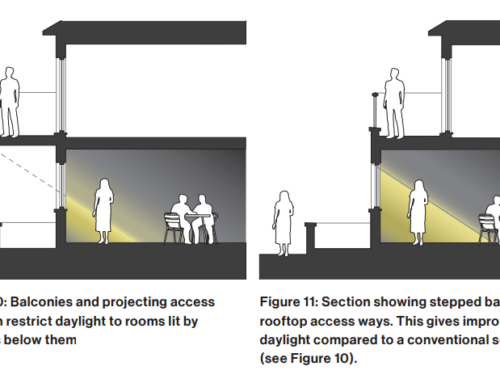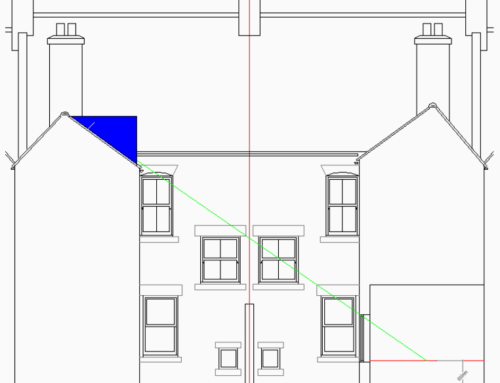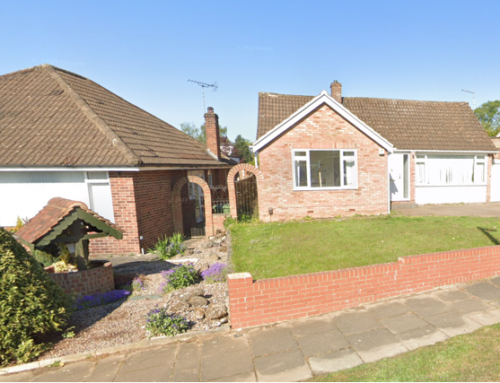How To Handle Conflict Between Parties: Right to Light
Disputes between neighbours happen for all sorts of reasons; one such cause is one party constructing or creating something which reduces natural light to their neighbour. As with disputes regarding boundaries, any type of transgression affecting the enjoyment of a person’s home can be a very emotive subject.
For a loss of natural light, the very principle that a much-enjoyed living room or kitchen may be deprived of some of its natural light can instantly generate a defensive reaction from the neighbour. Quite often, there is the expectation that the loss of light will dramatically darken their home. However, in fact, there may only be a very small loss of natural light; the neighbour’s expectation might be that the daylight loss will be significantly worse than the reality.
Principles of handling conflict between neighbours
It seems that, in an effort to handle the conflict between parties, there are some key principles including the need for both parties to be fully informed of the facts, fully informed of the potential outcome of any negotiations or legal action, and fully aware of the risks and costs of Court action if no out-of-court resolution is found…hopefully both parties can be encouraged to act reasonably!
Adequate Knowledge and Understanding of the Perceived Dispute
We regularly undertake a preliminary right of light assessment for neighbours to a proposed new building or extension and find that the loss of light is fairly minimal, well short of what would be an actionable legal injury. When this is the case, we normally expect that they will be disappointed that there is no scope for them to take legal action to prevent the development but often that is not the case; frequently, we find that they are relieved to find that the loss of light will not be anything like as awful as they had expected.
Full Understanding Of The Potential Outcome Of The Dispute
Both parties must be fully informed of the true legal situation: what their rights are in relation to the dispute and for both parties to be fully and expertly advised on what they should reasonably expect as a resolution of the dispute. It is essential that neither party should have unreasonable or unachievable ambitions of how the dispute might be resolved. For example, regarding a legal right of light injury, it is worth a neighbour bearing in mind that, even if they were to be successful in gaining an injunction at Court to prevent the right of light legal injury, they could still lose a significant amount of light to their rooms. The legal requirement is only that their rooms must be left at least 50% adequately lit by daylight; they should not be under the impression that they are necessarily entitled to the full amount of light previously enjoyed in their home.
What if no out-of-court settlement is achieved?
We have another blog about taking a neighbour to court over rights of light matters. We start and end that blog with the need to highlight the uncertainty, risks, costs and general undesirability of a dispute continuing through to Court albeit that, on occasions, it might be unavoidable to appropriately defend one’s rights.
A good starting point is to try to reduce the ‘heat’ of any conflict between parties, and hopefully bring both parties to the ‘negotiating table’. It is probably best that both parties should bear in mind the ultimate destination of their conflict if it remains unresolved. Generally, neither party should wish for the matter to end up in Court.
Both parties should act reasonably to resolve the conflict
Hopefully, on most occasions, both parties will act reasonably to resolve the right to light conflict, but unfortunately this is not always the case. Sometimes, what might be regarded as an unreasonable approach might simply be because the person/organisation is just inherently unreasonable. Unreasonable behaviour may be caused by an imbalance of power. For example, a wealthy party may perceive that the other side is not willing or able to fund an inevitably risky and costly Court case thus with the likelihood that the other side will be forced to back down. If push comes to shove and there is no resolution, Court is the final destination to settle any disputes and, of course, this can be both expensive and unpredictable, with no outcomes guaranteed.
Resolving your right to light issues
Our team is on hand to offer advice and guidance on legal matters of rights to light and could help you resolve the issue before Court is considered as an option. Simply contact us for more information.
Related Articles
Rights Of Light – Sometimes Pragmatism Is Best
Right to Light Matters: A Surveyors Guide to Taking a Neighbour to Court
How to Object to Planning Permission on the Grounds of Loss of Light






